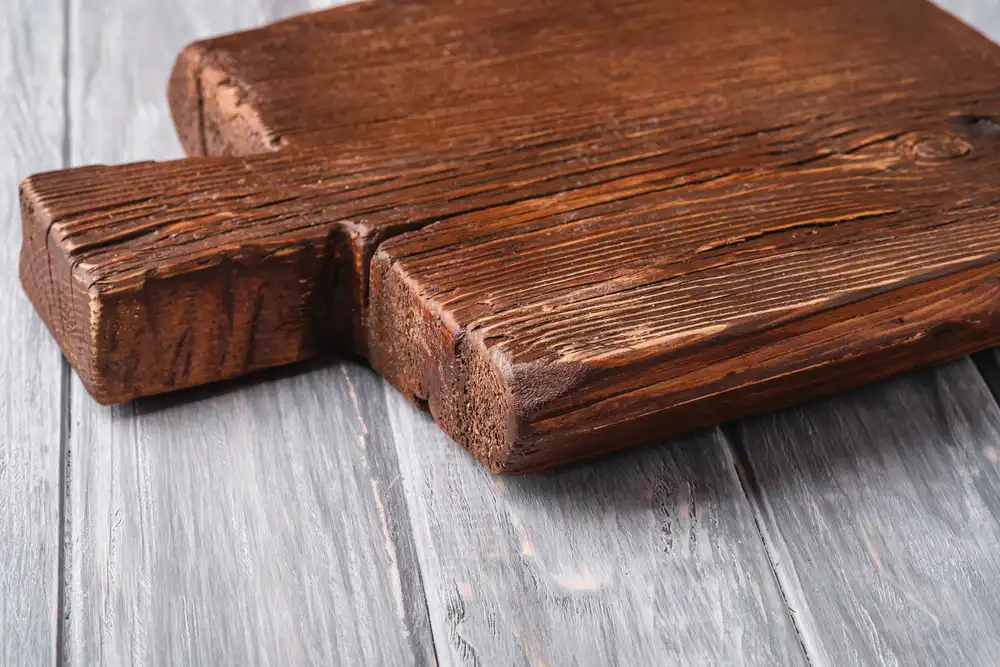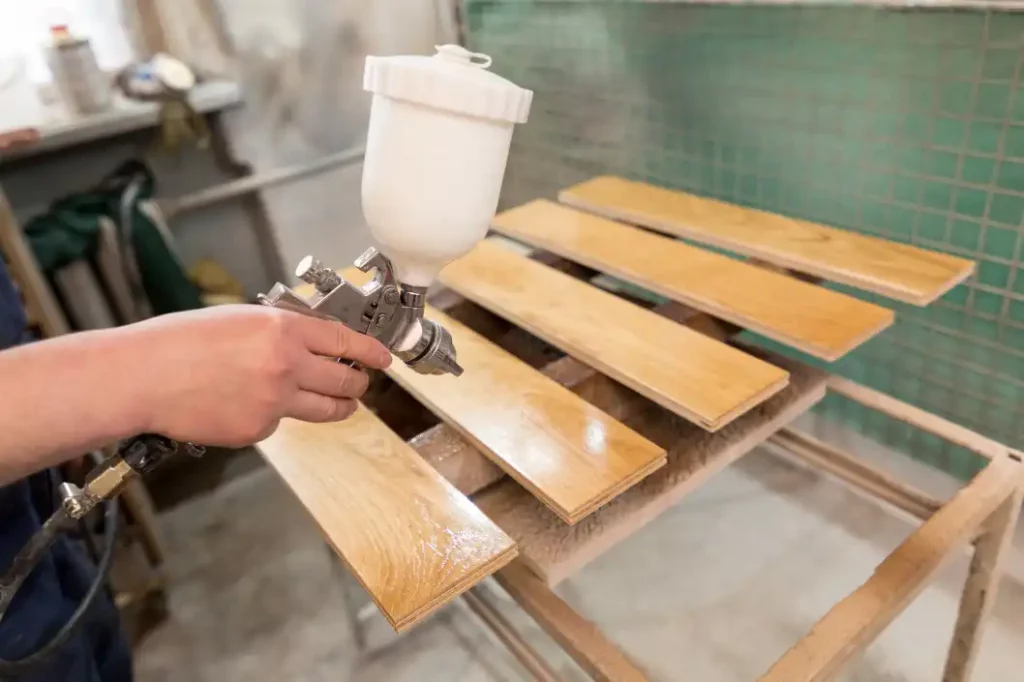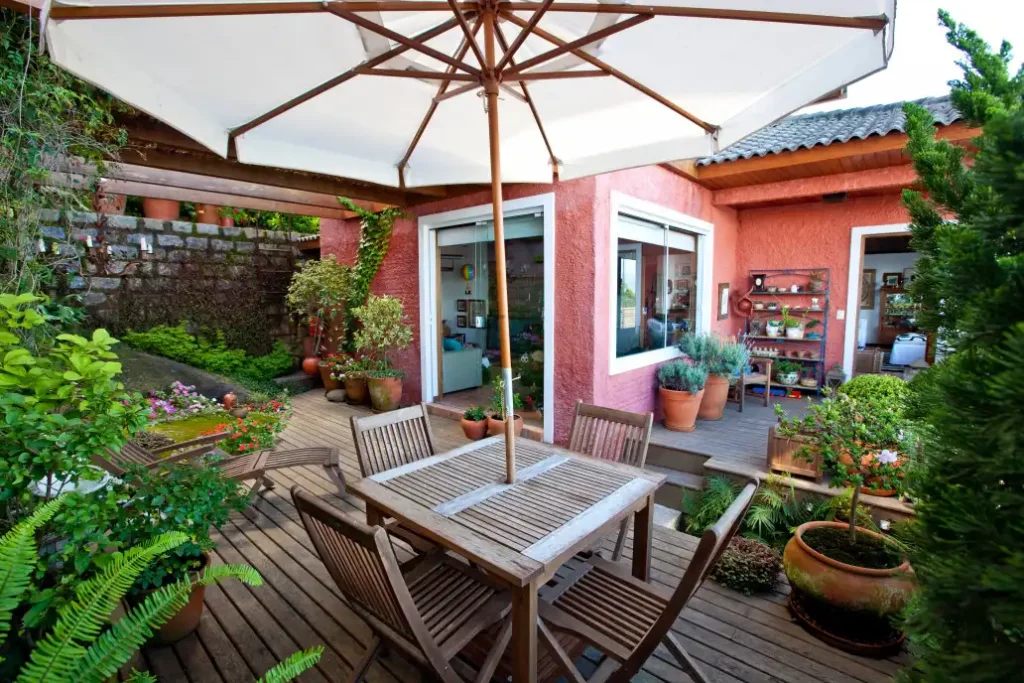What to expect from teak oil finish?
Teak oil is a wiping varnish rather than a natural finishing oil. It often contains a resin, an alkyd generated from plants or manufactured plastic, such as polyurethane, tung, and linseed oil. Teak oil varies from Danish oil and many other compound oil finishes in the quantity of resin it contains and its oil-to-solvent ratio, and oil composition. Danish oil often contains more resin than teak oil, resulting in a glossier and more durable surface.
You rarely know the entire makeup of your product because it’s not mandatory for manufacturers to reveal all ingredients. The surface must be clean when applying a finish to wood, as with any other surface. Sanding the surface right before using the oil eliminates damaged wood cells from the surface and expands the grain, enabling the finish to infiltrate more deeply.

What to expect from a varnish finish?
Varnish is better than the other traditional finishes since it is one of the hardest. It highlights and warms the grain of the wood while also being impact, heat, abrasion, water, and alcohol resistant. Over worn finishes, you can use it as a topcoat. Varnish gives the wood a clean sheen but also darkens it significantly. It comes in high-gloss, semi-gloss, satin finishes, and matte or flat surfaces. There are numerous types to pick from, but it’s critical to select one that complements the wood of your furniture.
Differences between teak oil and varnish?
Like most wood oils, teak oil infiltrates deeply into the wood, nurturing and preserving it from the inside out. As a result, it still works even if there’s no outside layer. On the other hand, varnish forms a protective layer over the furniture. If destroyed, it loses its protective function, and the elements can cause damage to your furnishings.
Teak oil can also alter the appearance of your furniture for this reason. When applied to dark hardwoods like mahogany or walnut, it permeates deeply and darkens the color of the wood and is sometimes desirable. Using teak oil on lighter woods like ash or birch, on the other hand, can cause unwanted darkening, which is unsightly.
On the other hand, varnish creates a glossy surface rather than changing the color of the wood. Some people prefer it to teak oil-induced darkening. Some brands also provide semi-gloss or satin varnishes, which do not affect the furniture’s appearance. If you like how your outdoor bench looks, we suggest using this varnish to protect it.
On the other hand, varnish requires less upkeep and does not need more work unless damaged. However, if you have minor children playing near the furniture, the varnish layer will get destroyed, and you will have to reapply it.

Similarities between teak oil and varnish
These wood treatments are applied similarly. You must, however, always adhere to the specific instructions provided by the product you are using. The following are the fundamentals of applying teak oil or varnish to similar outdoor furniture:
- Wipe down the furniture’s surface.
- Lightly sand the wood’s surface.
- Use a teak oil or varnish to protect the wood.
- Wipe away any excess product.
- Allow it to dry.
The final steps differ depending on the product you’re using, but they always require you to wait for it to dry. Some finishes call for multiple layers, while others don’t. That’s why it’s critical to follow the directions included with your finish.
Price comparison for teak oil and varnish
Teak oil is more expensive than varnish. Because wood oil is natural and takes longer to extract, it is more costly. Varnish may also originate from different substances; thus, it isn’t scarce.
Wood oil is considerably more expensive due to the scarcity of its source. For example, because the Tung oil originates from Tung tree and is endemic to southern China, you may anticipate Tung oil to be more expensive than your typical varnish.
Teak oil vs marine varnish
Marine varnish is a protective finish that shields your wood from the elements such as the sun, rain, wind, sea spray, UV radiation, and chemicals. The materials marketed as marine or spar varnishes usually comprise a combination of oil, solvent, resin, ultraviolet compounds, and drying agents.
The solvent element of the varnish evaporates when it dries. The remaining chemicals polymerize or oxidize to create a translucent, long-lasting coating. In the following ways, it differs from teak oil:
- Reduces Maintenance
TotalBoat Halcyon varnish, a newer water-based compound, is noted for its finish purity, hardness, and longevity. Most water-based varnishes are more transparent than oil-based polyurethanes, with a typical amber tint.
- Waterproof
Varnishes protect the wood from moisture far better than wood oils. Varnish coats the top of the wood with a thin coating. This coating protects against moisture infiltration caused by rain and sea spray. On the other hand, a wood teak oil penetrates the wood deeply and heals by reacting with oxygen.
- Durability
Your newly varnished wood will ultimately succumb to the unrelenting assaults of sunshine, abrasion, and water. Your varnish will lose its wet texture as UV radiation reaches the base coats, and it will finally split from the wood. The only option then is to remove the old varnish and start fresh.
Teak oil or varnish for garden furniture?
Garden benches benefit greatly from teak oil. This oil nourishes the wood, preventing it from drying out and deteriorating and giving it a renewed look. It also prevents wood from splitting due to a lack of moisture deep within it. Teak oil is merely a temporary cure to beautify the wood; it is not difficult to use and requires less time and effort than sanding and varnishing. As a result, teak oil is becoming a less popular alternative for garden furniture. You can use it if you want to, but you’ll find that you’ll need to reapply it every few months. This high-maintenance habit may become tedious after a while.
Another issue with teak oil is that it provides an ideal environment for some species of fungus to thrive. Many people worry about black spots appearing on oiled teak furniture. However, by being more diligent with your application method, you can reduce this problem to a significant amount. After applying teak oil, let it sit for about 20 minutes before wiping away any excess oil with a clean towel.
In this instance, one of the various garden furniture varnishes is ideal for protecting and maintaining wooden garden furniture sets. These outdoor furniture varnishes come in clear and colored varieties suitable for new and old softwood and hardwood garden furniture. These exterior wood varnishes develop to tolerate fluctuations in temperature and moisture, and they seal and safeguard garden furniture from wind, rain, and sun. You can combine wood furniture coatings with a Garden Furniture Preserver for total protection.

Teak oil or yacht varnish
Varnish will crack and peel, requiring a significant amount of work to prepare for a new coat. Also, if it’s a functioning boat, it’ll get scratched and nicked regularly. Spot recoats can be done considerably early if you’re using oil. To avoid fire and water pollution, remember to handle the rags/applicators properly.
As a result, Teak oil is ideal. If you want to varnish the teak, first wash it with white spirit to remove the natural surface oil, then varnish it. Because teak is oily, the varnish will not adhere to it over time; oiling can be done with a clean rag and cleaned up to prevent the wood from turning grey. However, before oiling, you must remove all traces of the previous varnish.
Mixing teak oil and varnish
The most extraordinary oils and varnishes are those that originate from scratch. If you want the least yellow concoction, use Pratt & Lambert 38 satin varnish and pure tung oil. Combine your varnish or poly varnish in a 1/3, 1/3, 1/3 ratio with linseed oil or pure tung oil and mineral spirits.
Apply liberally, wait 15–20 minutes, and wipe away excess. Allow drying overnight before repeating. Finally, let it dry completely for a week. Then, a non-woven Scotch Brite abrasive pad in grey or green uniformly rubs and smooths the surface. This procedure will remove any sheen from the surface and leave it smooth. If you don’t allow the finish to dry completely, you’ll wind up with white sanding dust in your pores.
This method should leave your item with the least shiny but protective finish. Before devoting to your actual project, test out your entire completion plan and timeframe.
- Pyrography Techniques for Beginners: Textures and Shading - January 23, 2024
- Troubleshooting Jointer Issues: Why is Your Jointer Not Flattening Wood? - October 11, 2023
- Unlocking the Secrets of Jointing to Increase Width - September 29, 2023
